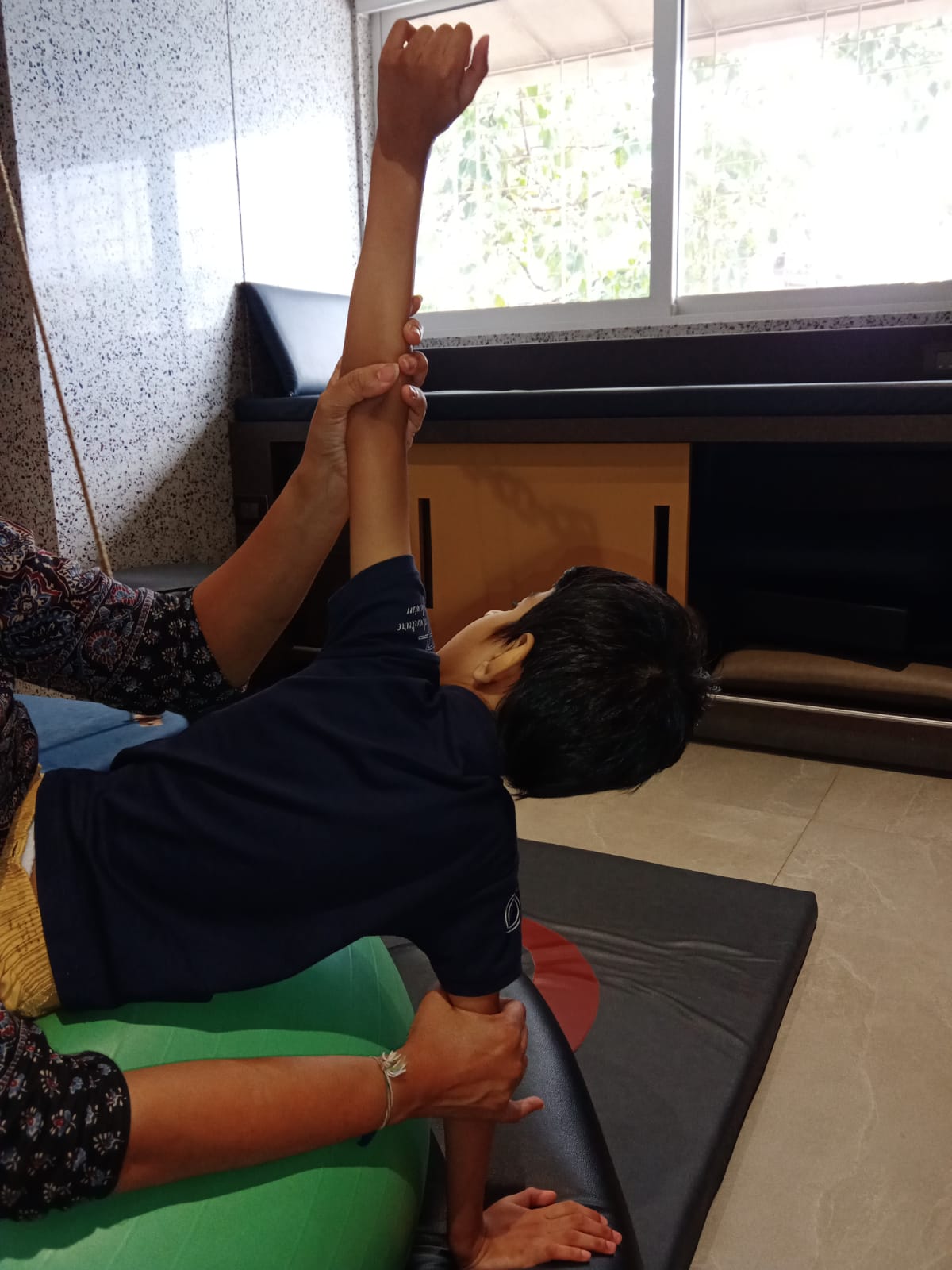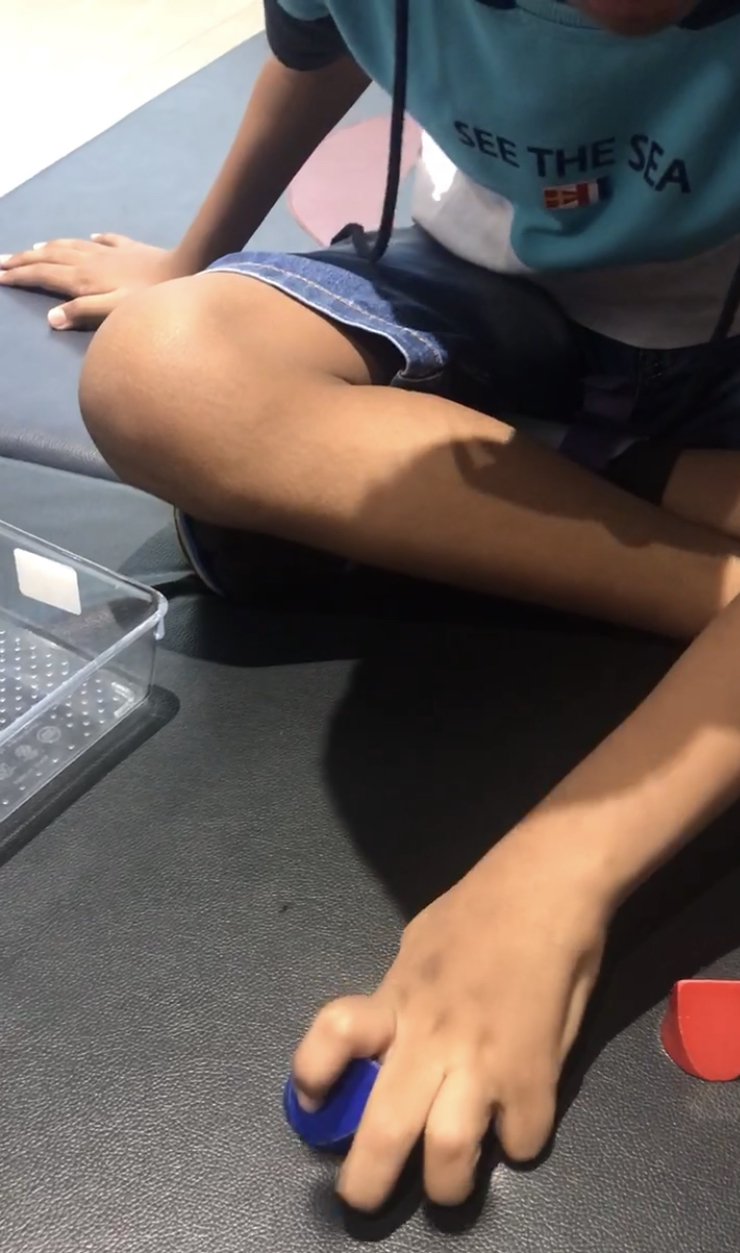Cerebral palsy (CP) is a group of disorders that affect a persons ability to move and maintain balance and posture. Cerebral means having to do with the brain. Palsy means weakness or problems with using the muscles.
The symptoms of cerebral palsy are not usually obvious just after a baby is born. They normally become noticeable from an early age.
The main symptoms of cerebral palsy are problems with movement, coordination, and development.
Possible signs in a child include:
- Delays in reaching development milestones – for example, not holding head by 3 months, not sitting by 8 months or not walking by 18 months
- Seeming too stiff or too floppy (Hypotonia)
- Random, Uncontrolled movements
- Muscle spasms
- Shaking hands (Tremors)
- Walking on tiptoes


The severity of symptoms varies significantly from child to child.
The parts of the body affected can also vary. Sometimes only 1 side of the body is affected, sometimes the whole body is affected, and sometimes mainly the legs are affected.
Few conditions may be associated with CP and are as follows:
- Intellectual disability- Approximately 30–50 percent of individuals with CP have an intellectual disability
- Seizure disorder
- Spinal deformities
- Impaired vision
- Hearing loss
- Learning Difficulty
- Speech and language disorders
- Contractures
Occupational Therapy helps people with cerebral palsy perform tasks necessary to their daily life.
